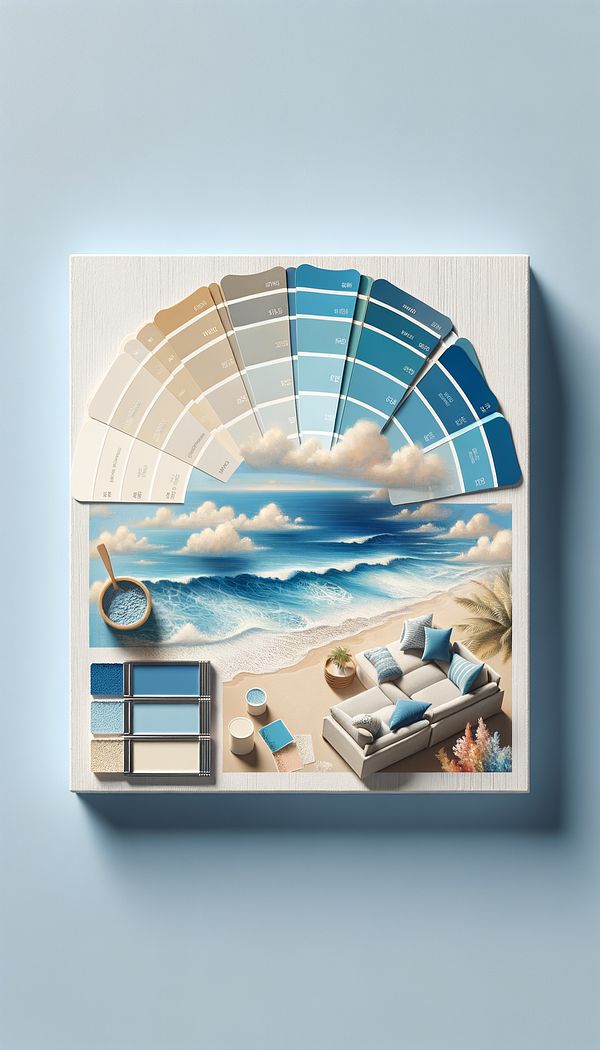What is a Palette?
A palette is the range of colors used in a particular design or piece of art.
Description
In the context of interior design, a palette refers to the curated selection of colors that are utilized throughout a space to create a cohesive aesthetic. This selection is not random but is carefully chosen to evoke specific emotions, highlight architectural features, and ensure that the space feels unified. A palette can include primary, secondary, and accent colors, each playing a vital role in the overall design scheme.
Creating a palette is a foundational step in the design process, enabling designers to establish a clear visual direction. It often starts with a single source of inspiration, such as an art piece, a landscape, or a fabric pattern, from which colors are drawn and expanded upon. Once a palette is established, it dictates choices in everything from wall paint to furnishings, textiles, and decorative items, ensuring harmony and balance throughout the space.
A well-chosen palette can transform a room from ordinary to extraordinary, affecting not only the look of a space but also how it feels to be in it. Colors can convey warmth, serenity, vibrancy, or elegance, making the selection of a palette an integral part of conveying the desired atmosphere in a room.
Usage
For example, in a coastal-inspired living room, the palette might draw from the natural colors of the sea, sand, and sky, incorporating shades of blue, beige, and white. In a modern minimalist space, the palette could be more restrained, featuring shades of grey, black, and white to create a sleek, uniifed look.
FAQs
-
How do I choose a palette for my home?
Consider your home's architecture, the amount of natural light, your personal style, and the atmosphere you want to create. Using these as a starting point, gather inspiration and begin building a palette that feels true to you.
-
Can a palette include patterns and textures?
While a palette primarily refers to colors, it can also inform the selection of patterns and textures by ensuring they complement the chosen colors and contribute to the overall aesthetic.
-
Is it possible to have too many colors in a palette?
Yes, a palette that includes too many colors can feel chaotic and unbalanced. A good rule of thumb is to select a few core colors and use them consistently, with one or two accent colors for visual interest.
Practical Application
When creating a palette, start by selecting a central color that inspires you and build from there. Consider using a color wheel as a guide to select complementary, analogous, or contrasting colors. Experiment with different combinations and consider how each color makes you feel, keeping in mind that the goal is to create a harmonious and inviting space.
-
Furniture Types599 articles
-
Space Planning & Layout134 articles
-
Decorating Principles & Elements330 articles
-
Color & Patterns154 articles
-
Textiles & Upholstery252 articles
-
DirectoireDirectoire refers to a style of design inspired by the period of the Directory government in France.
-
Egyptian CottonEgyptian Cotton is a luxurious type of cotton known for its long fibers.
-
Direct LightingDirect lighting refers to a lighting solution where the majority of light is directed downwards towards a specific area or task.
-
IslandAn island is a standalone work station or storage area within a room, often found in kitchens.
-
DaybedA daybed is a versatile piece of furniture that combines the features of a sofa and a bed.
